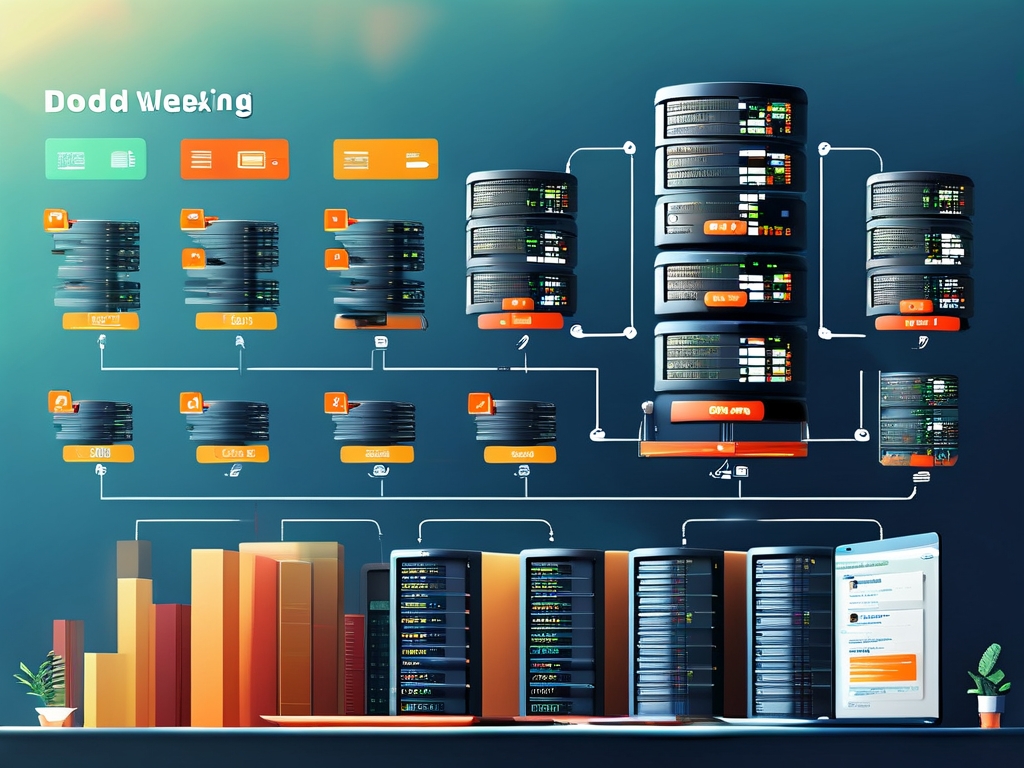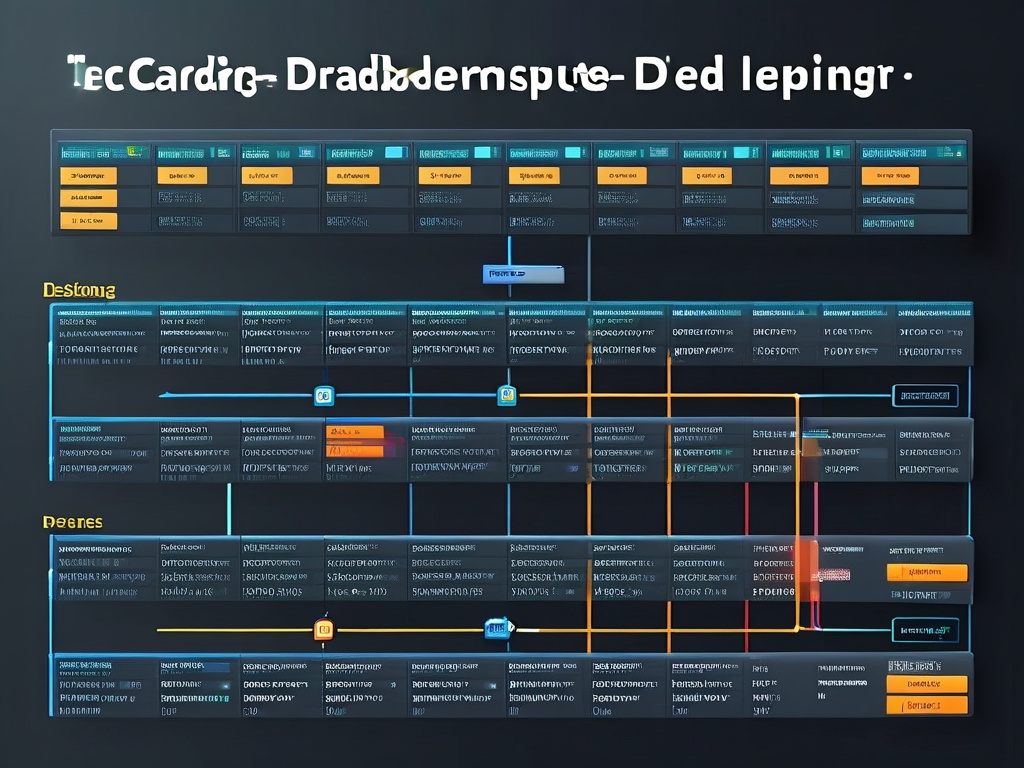The evolution of low-code platforms has revolutionized how organizations approach database development. By integrating visual flowcharts into the development process, teams can now design robust database systems with minimal hand-coding. This article explores the strategic advantages of combining low-code methodologies with flowchart-driven database architecture.

The Power of Visual Configuration
Modern low-code environments provide drag-and-drop interfaces for configuring database schemas, relationships, and business rules. Developers can visually map entity-relationship diagrams (ERDs) while automatically generating optimized SQL code in the background. For instance, a retail company might use flowchart nodes to define product inventory tables, customer profiles, and order history linkages without writing complex JOIN statements manually.
-- Auto-generated schema from flowchart configuration CREATE TABLE Products ( SKU VARCHAR(20) PRIMARY KEY, Stock INT DEFAULT 0, Price DECIMAL(10,2) ); CREATE TABLE Orders ( OrderID INT AUTO_INCREMENT, CustomerID INT, FOREIGN KEY (CustomerID) REFERENCES Customers(CustomerID) );
Accelerating Workflow Automation
Flowchart-based low-code tools excel at modeling data pipelines. Teams can design ETL (Extract, Transform, Load) processes using visual connectors that represent data transformations. A logistics firm recently reduced their shipment tracking system development time by 60% by implementing a flowchart-driven approach, replacing traditional Python scripting with configured data flow modules.
Collaborative Development Cycles
These platforms bridge the gap between technical and non-technical stakeholders. Business analysts can participate in workflow design through intuitive flowchart interfaces, while developers focus on complex logic extensions. Version control integrations allow teams to track changes to database structures through flowchart iteration history rather than sifting through SQL migration files.
Security Through Visualization
Unintentional data exposure risks decrease when security rules are visually enforced in flowcharts. Access control layers can be represented as color-coded zones in the diagram, with automated policy generation for different user roles. A healthcare provider implemented this method to achieve HIPAA compliance faster by visually isolating protected health information (PHI) in their patient database architecture.
Debugging Made Transparent
Execution path visualization helps identify bottlenecks in database transactions. Developers can trace query performance issues directly on the flowchart interface, observing how data moves between microservices or API endpoints. One fintech team resolved a recurring transaction timeout by analyzing their flowchart's connection weight distribution and redistributing load balancing rules.
Future-Proof Adaptability
When business requirements change, modifying flowchart components proves more efficient than rewriting code. A/B testing different database structures becomes practical through branch modeling in flowcharts. An e-commerce platform successfully migrated their legacy product catalog to a graph database model by reconfiguring their existing entity-relationship flowchart rather than starting from scratch.
While low-code database flowcharts streamline development, they require thoughtful governance. Teams must establish naming conventions for flowchart elements and maintain documentation parity between visual diagrams and actual database implementations. Regular audits ensure the generated code aligns with security best practices and performance benchmarks.
The convergence of low-code platforms and visual database modeling represents a paradigm shift in enterprise development. By transforming abstract database concepts into tangible flowchart elements, organizations achieve faster deployment cycles, enhanced cross-team collaboration, and sustainable system architecture. As these tools evolve with AI-assisted optimization suggestions, the future of database engineering lies in intelligent visual design systems that balance automation with human oversight.


